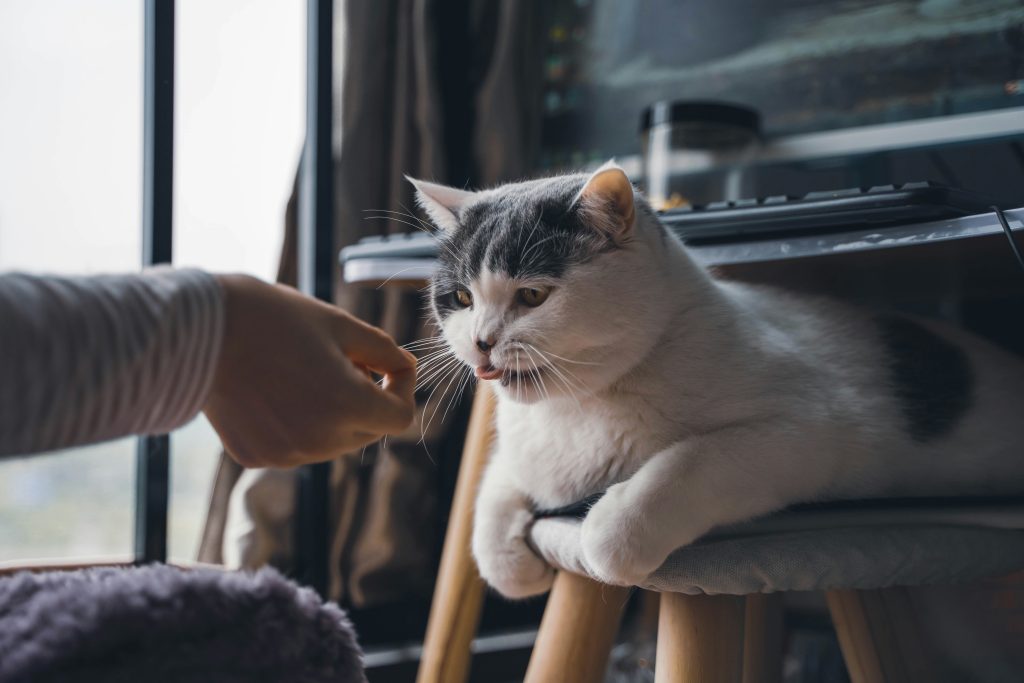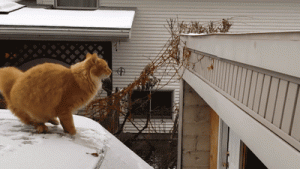With the summer holidays approaching, many families are heading out for vacations, and unfortunately, cats often become the “left-behind children.” I’ve seen many pet owners preparing elaborate setups for their cats: a basin full of cat food, a bathtub filled with water, and even litter scattered all over the shower floor. The love and care from these pet owners are certainly evident. But here’s where I need to pour some cold water on the situation. Don’t be fooled by the title “pet parent”—being a responsible cat owner is more than just feeding and cleaning the litter box. How long can a cat stay home alone? It’s not just about piling up food and litter.
-
How Long Can a Cat Stay Home Alone?
Cats’ “independent personalities” actually vary greatly depending on breed, age, health, and temperament, all of which influence the amount of time they can comfortably be left alone. For example, certain breeds are naturally clingy, such as the Sphynx, Scottish Fold, Ragdoll, and Birman. These cats may develop abnormal behaviors like refusal to eat, inappropriate elimination, over-grooming, or even furniture destruction if left alone for too long. On the other hand, more “aloof” breeds like the American Shorthair, Maine Coon, and Russian Blue might seem calm, but their emotional needs should not be overlooked, and they still require careful observation. If we were to give a general guideline, here’s the approximate maximum time different age groups of cats can be left alone:Kittens under 4 months old: No more than 4 hours (curiosity is high, and there are many potential safety risks).4–5 months old: Around 5 hours (remove fragile items and potential hazards).6–12 months old: 8 hours (high energy, provide enough toys).Healthy adult cats: 24+ hours typically isn’t a problem (ensure plenty of food, water, and a clean litter box).Of course, this is just a conservative suggestion, and you should always adapt it based on your cat’s individual situation.

-
Why Can’t Cats Be Left Alone for Too Long?
Safety risks: Especially for active cats, they may accidentally trigger appliances, chew on wires, knock over objects, or even ingest foreign items that could lead to poisoning or intestinal blockages. Some cats may get so lonely that they try to “escape,” attempting to pry open doors or windows. Once outside, they could face car accidents, poisoning, or conflicts with other animals.Food safety: Cat food may not spoil within a day or two, but its high protein and fat content makes it highly prone to oxidation. Once the food smells off, your cat might refuse to eat. If your cat usually eats wet food, it’s even more crucial not to leave them alone for long—wet food spoils quickly after opening and can’t be left out. Similarly, if water bowls are left unattended for too long, bacteria can grow, affecting their health.Hygiene issues: Even if you’ve covered your litter box like the Sahara Desert, you still can’t leave cat waste for too long. Cat feces contain many microorganisms, including parasite eggs. If not cleaned within 48 hours, your cat may refuse to use the litter box, potentially leading to accidents, urinary retention, or urinary tract infections. Additionally, some cats scatter food everywhere when eating or kick litter around when burying waste, and without anyone to clean it up, they may just give up and stop trying.Separation anxiety: Cats actually care a lot about their owner’s presence, even though they express it more subtly. Long periods of isolation can cause separation anxiety, manifesting as destructive behavior, loss of appetite, weight loss, refusal to use the litter box, reduced grooming, excessive meowing when the owner comes home, depression, or even diarrhea due to stress.Other accidents: Small accidents, like a malfunctioning automatic feeder, water bowls tipping over, or toys getting caught on your cat’s claws, are always a risk when no one is around to supervise.
-
Preparation Checklist for Leaving Your Cat Alone
If you really must leave your cat at home for a few days, you’ll need to prepare thoroughly:Set up a monitoring system to keep an eye on your cat’s well-being.Ensure there is enough food, water, and litter placed in different areas of the house.It’s highly recommended to use automatic feeders and puzzle feeders to keep your cat engaged and mentally stimulated.Remove any dangerous items, electrical cords, and fragile objects.Provide your cat with their favorite toys, but don’t give them all at once—keep things fresh by rotating the toys.If possible, ask a neighbor or friend to visit daily to check on your cat, clean the litter box, and play with them.
A cat’s independence doesn’t mean “self-sufficiency.” Even if you provide them with all the high-tech gadgets, nothing can replace your hands that comfort them or the sound of you calling their name.





